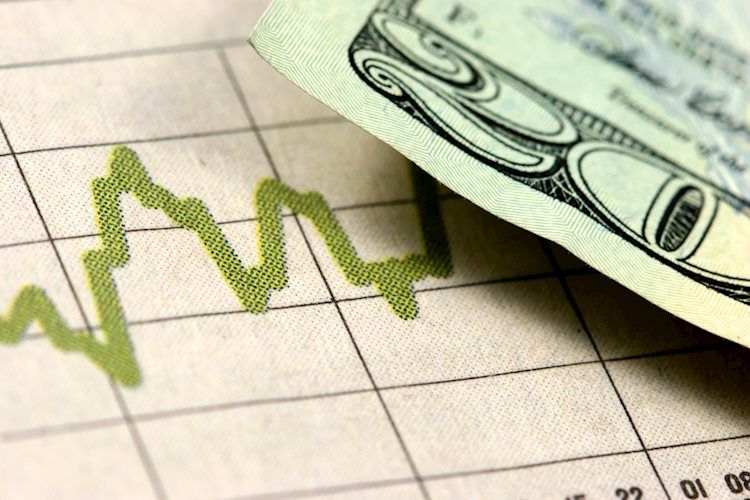The US Dollar remains stable near yearly lows as Thursday promises to be a highly volatile day. Market participants are gearing up for a flurry of data releases along with speeches from eight US Federal Reserve policymakers, including Fed Chairman Jerome Powell. Bloomberg reported a record-breaking trade where a bond trader bet on a significant interest rate cut in the Fed’s November meeting.
On the economic front, a bulk release of data is expected at 12:30 GMT. This includes the weekly Jobless Claims report, August Durable Goods Orders, and the third reading of US GDP for the second quarter. Expectations are high for increased volatility once the data is released. The Kansas Fed Manufacturing Activity Index for September will also be released later in the day.
The US Dollar Index technical analysis indicates a potential for significant movement based on data outcomes and Fed comments. The index could see a substantial rally or nosedive depending on the alignment of economic data with Fed views. Key resistance levels for the index are identified, with 101.90 serving as the upper level of the September range. On the downside, support lies at 100.22 with further potential weakness indicated by the July 14, 2023 low at 99.58.
Asian equity markets are rallying following additional capital injections by the Chinese government. European equities are slightly behind while US futures align with the Asian rally. The CME Fedwatch Tool shows a 39.5% chance of a 25 basis-point rate cut and a 60.5% chance of a 50-basis-point cut at the next Fed meeting in November. The US 10-year benchmark rate trades at 3.78%.
Understanding a country’s Gross Domestic Product (GDP) is essential in analyzing economic growth. GDP measures the rate at which an economy is expanding over a specific period, typically a quarter. A higher GDP result is positive for a currency as it indicates a growing economy, likely to attract foreign investment and boost exports. However, falling GDP can have a negative impact on a currency. When an economy grows, people tend to spend more, leading to inflation, which prompts central banks to raise interest rates to combat inflation.
In conclusion, the US Dollar is experiencing a period of volatility as economic data releases and Fed speeches loom large. Understanding GDP and its impact on currency movements is crucial for traders and investors in navigating the current market conditions. As global economic events unfold, it is important to stay informed and prepared for potential shifts in the financial landscape.











